Search
Filter by
Type
Tags
Dossiers
Themes
Departments
Active filters
1043 search results
Search results
-
Dinas
Metadata of the study site Dinas (DIN), United Kingdom
-
Dieverzand
Metadata of the study site Dieverzand (DVZ), Netherlands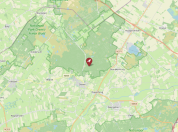
-
Dazlina & Ivinj
Metadata of the study site Dazlina & Ivinj (DAZ), Croatia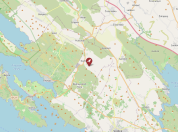
-
Dalmeny
Metadata of the study site Dalmeny (DAL), United Kingdom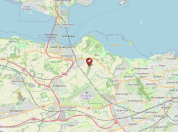
-
Choupal
Metadata of the study site Choupal (CHO), Portugal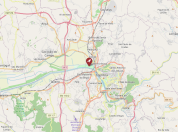
-
Cashel Farm Forest
Metadata of the study site Cashel Farm Forest (CAS), United Kingdom
-
Cañada de los Pájaros
Metadata of the study site Cañada de los Pájaros (CAN), Spain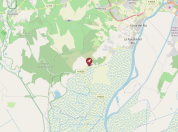
-
Can Catà
Metadata of the study site Can Catà (CAC), Spain
-
Buunderkamp
Metadata of the study site Buunderkamp (BUU), Netherlands
-
Kent Island
Metadata of the study site Kent Island (KEI), Canada
